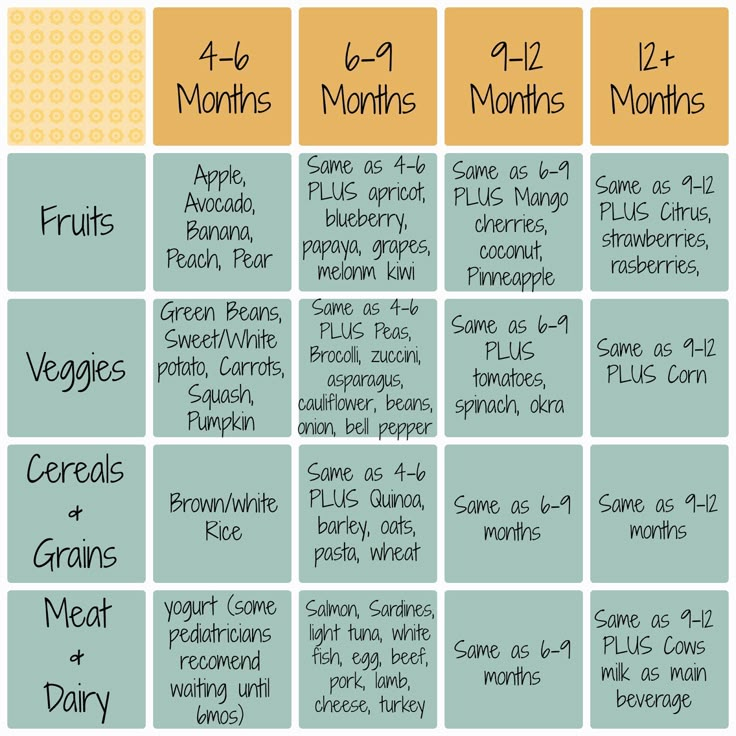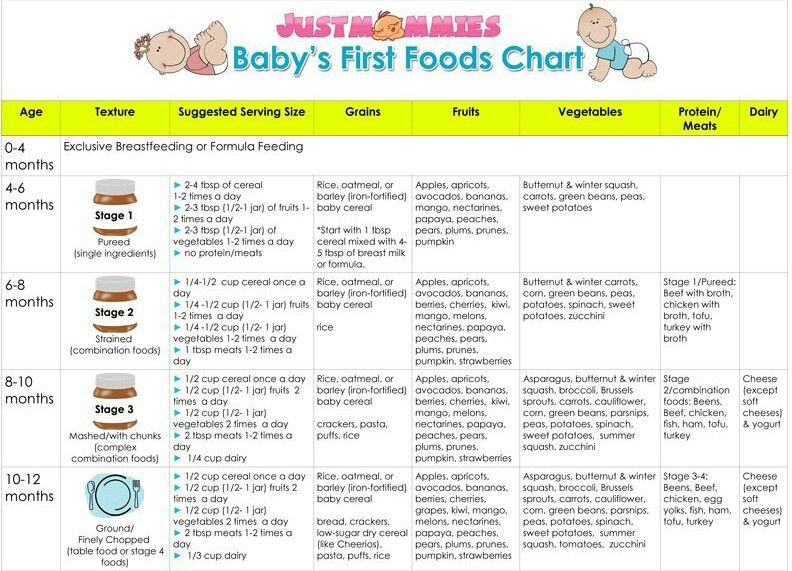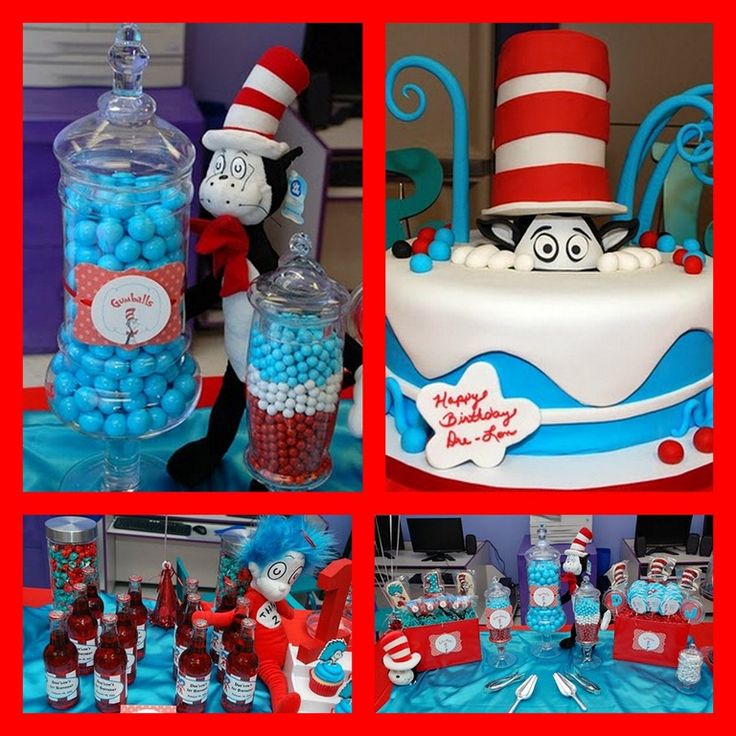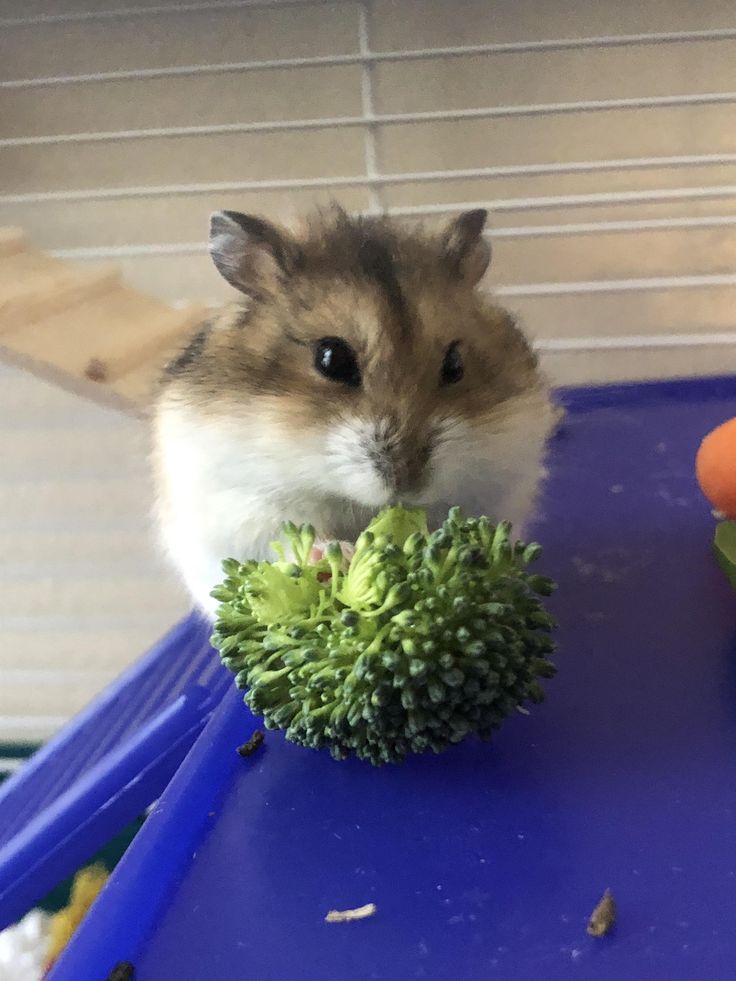Hamster baby food
How To Feed Baby Hamsters
Have a pregnant hamster? Not sure what to feed her or the babies? These tips will help guide you to the best hamster diet during these life stages.
What Do Pregnant Or Mother Hamsters Eat?
Mother hamsters need extra protein while they are pregnant or nursing. Feed them boiled egg, bits of cooked unseasoned chicken or beef, mealworms (usually available at high-end pet stores) and fruits or vegetables rich in vitamins A (natural A is good) and E.
Broccoli, sweet apple (as opposed to sour green apple), cantaloupe, and peas are all good fruit and vegetable choices for your hamster.
During pregnancy the restriction on sunflower seeds may be safely lifted; let the hamster eat as much as she can. Pregnant hamsters need the extra folic acid and vitamins as well as the fats and proteins that sunflower seeds provide, which is why mother hamsters can eat more. Protein needs for a hamster increase 60 percent during pregnancy. Nursing 14 to 28 pups in a litter can sap a mother hamster’s reserves; she’ll be able to use the fat in the seeds to keep from losing weight.
Always provide plenty of hamster food for a nursing mother hamster. She’ll need the food both physically and emotionally. Having plenty of resources to draw from makes a mother hamster feel secure and less stressed, which gives the hamster pups the best chance of survival. Hamster babies continue to nurse for almost three weeks after birth.
Feeding Baby Hamsters
Baby hamsters are usually well cared for by their mothers, but you can offer a few foods to help the hamster pups along. Baby hamsters will likely benefit from wheat germ cereal early in their development, so sprinkle a little close to the nest. Also small seeds such as millet are good for hamster pups, even those younger than 10 days old. Place a whole sprig of millet in the cage as an extra treat for the mother. This gives her something interesting to do, because she will need to gather the seeds off the stem.
Sometimes you will need to feed a hamster pup if the mother dies or rejects it. This will be a full-time job.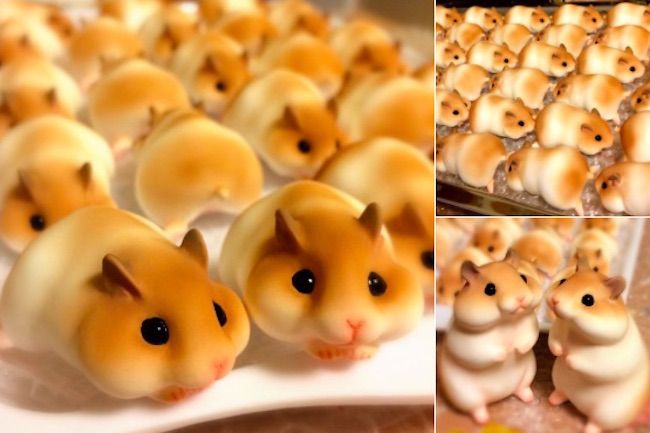 Pups less than 8 days old have a poor survival rate, but you should still try. It can be rewarding to nurse a young hamster to adulthood. Saving a motherless hamster pup involves more than just feeding it, but our focus is nutrition.
Pups less than 8 days old have a poor survival rate, but you should still try. It can be rewarding to nurse a young hamster to adulthood. Saving a motherless hamster pup involves more than just feeding it, but our focus is nutrition.
Feed a pup evaporated milk mixed in a 50/50 solution with water. Warm the solution to 90 degrees Fahrenheit before feeding it to the baby hamster. Administer the solution via syringe or feeding wick (available at most pet stores). You may also use puppy or kitten formula. The volume to feed varies with the type of hamster.
Feeding Baby Dwarf Hamsters
For a dwarf hamster less than 2 weeks old, start at 2 drops every half-hour around the clock. Increase this to 3 drops every half-hour as it approaches 2 weeks of age. When the hamster pup reaches 2 weeks of age, increase the volume to 1/2 milliliter every hour. While nursing on this formula also provide wheat germ, small seeds and something fresh such as broccoli.
Hamsters continue to nurse for up to 3 weeks in extreme cases.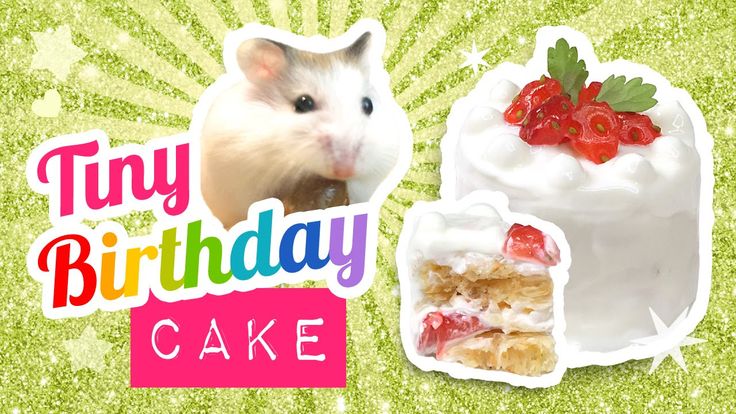 This doesn’t mean that the hamsters won’t eat solid foods. Hamster pups start using their teeth at about 5 days old on smaller seeds. If you provide wheat germ by sprinkling it close to the nest, small hamster pups will lick at it.
This doesn’t mean that the hamsters won’t eat solid foods. Hamster pups start using their teeth at about 5 days old on smaller seeds. If you provide wheat germ by sprinkling it close to the nest, small hamster pups will lick at it.
During the third week you should see hamster pups eating from the bowl of solid foods. You can breathe easy after three weeks and start weaning them from the milk. To wean a hamster, just reduce the amount of milk given by half for a day or two and then stop all milk by the next day.
Feeding Baby Syrian Hamsters
For a Syrian hamster or other full-sized species of hamster, increase the amount of milk offered. Start with 1 milliliter 12 times a day around the clock until the hamster pups are 2 weeks old. After 2 weeks, feed them 2 milliliters 8 times a day. Provide the hamster pups with wheat germ, small seeds and something fresh while feeding the formula.
Around 3 weeks of age, you should see the hamster pups start to eat solid food. When you see this, gradually wean them off the formula. If you watch hamster pups carefully you’ll notice that they eat droppings from adult hamsters. This is normal and quite necessary. The droppings contain bacteria that the hamster pups need to help them break down and digest the mostly cellulose foods they eat. This is true for orphan hamsters as well. If you are a surrogate parent, remember to place droppings from an adult hamster near the nest so the pups you are nursing can benefit.
When you see this, gradually wean them off the formula. If you watch hamster pups carefully you’ll notice that they eat droppings from adult hamsters. This is normal and quite necessary. The droppings contain bacteria that the hamster pups need to help them break down and digest the mostly cellulose foods they eat. This is true for orphan hamsters as well. If you are a surrogate parent, remember to place droppings from an adult hamster near the nest so the pups you are nursing can benefit.
By: Doran Jones
Excerpt from the Popular Critters Series magabook Hamsters with permission from its publisher, BowTie magazines, a division of BowTie Inc.
Share:
Can Hamsters Eat Baby Food? Revealed!
Published by Theresa M. on
Can Hamsters Eat Baby Food?Table of Contents
The term “baby food” might signify many different things, but for this discussion, we’ll refer to it as soft food designed exclusively for babies.
This is primarily designed for infants, who lack teeth, in order to eat. When it comes to baby food, it has all of the essential nutrients that a tiny creature requires.
There are numerous varieties of baby food, and we’ll discuss which ones your hamster can safely consume in this article.
Can Hamsters Eat Baby Food?Yes, the hamster can eat baby food as long as you don’t overfeed your hamsters, they’ll be happy and healthy. Hamsters require protein and fat in their meals; baby puffs can substitute for these elements if fed often.
Baby puffs come in a slew of different brands, each with its own unique set of ingredients. If you want to feed your hamsters high-quality food, stay away from store-brand or unidentified baby puffs.
Which Baby Food Can Hamsters Eat?Wheat germ cereal is believed to aid young hamsters in the early stages of their development, so consider scattering some near the nest. Even hamster pups as little as 10 days old can benefit from tiny seeds like millet.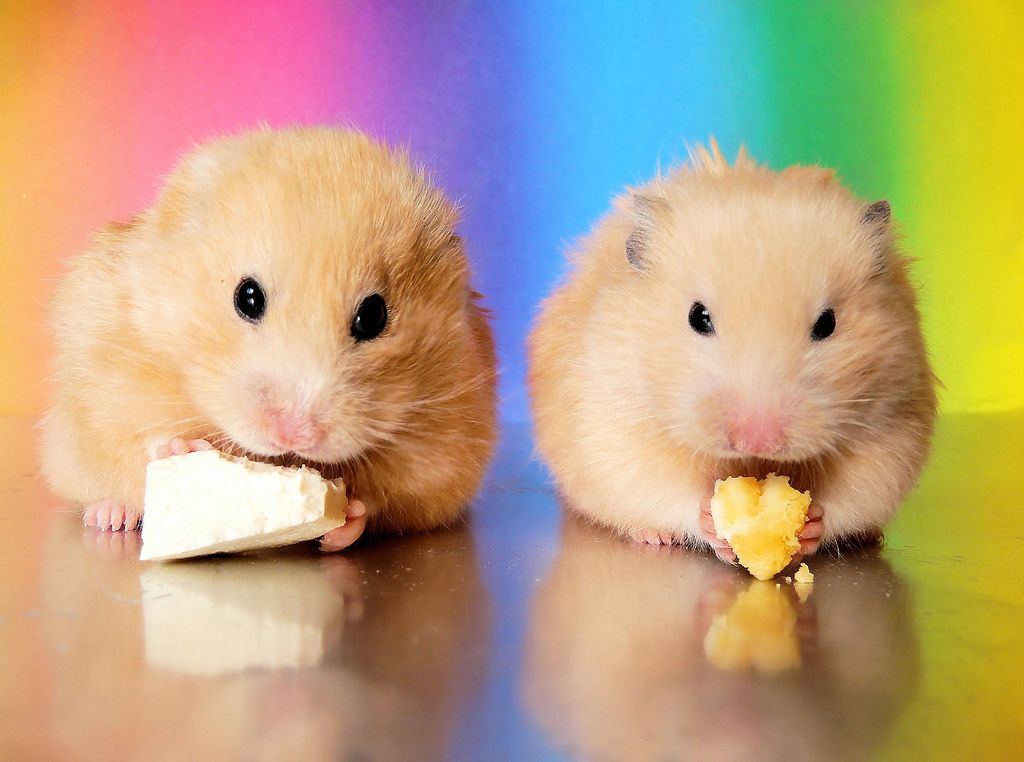 You can even provide the mother with a little stalk of millet as an additional reward.
You can even provide the mother with a little stalk of millet as an additional reward.
Baby puffs are a great treat for hamsters since they’re small enough to fit in their mouths, and they’re also delicious. In fact, many hamster owners believe that feeding their pets baby meals as treats is the healthiest alternative.
Can Hamsters Eat Pear Baby Food?Yes, hamsters can eat pear baby food also give your hamster some fresh fruit or vegetables in addition to the dry pellets, seed mixture, or food blocks he is already getting.
Can Hamsters Eat Baby Crackers?Yes, hamsters feed on baby crackers as they are known to be omnivores just like a human. So crackers can eat crackers just like they eat other foods.
Can Hamsters Have Baby Formular?When a hamster mother is unable to breastfeed her young, you can give them a milk formula. Hamster pellets may also be made simpler to swallow by altering their texture. For new foods, such as fruits and vegetables, talk to your veterinarian beforehand.
For new foods, such as fruits and vegetables, talk to your veterinarian beforehand.
Wheat germ cereal is believed to aid young hamsters in the early stages of their development, so consider scattering some near the nest. Even hamster pups as little as 10 days old can benefit from tiny seeds like millet. You can even provide the mother with a little stalk of millet as an additional reward.
Can Hamsters Eat Carrot Baby Food?Yes! You can absolutely give your hamster carrot baby food, just like other types of baby food made with fruits. A carrot is an excellent option for making baby food.
Your hamster will definitely love baby food made with carrots just like like eating bananas. Wait, hamsters can eat bananas? Yes, they can and we answered that question here.
If you have carrot baby food at home, you can try giving it to your hamsters. They will definitely love it and it is excellent for their health as carrot is loaded with vitamins and other important nutrients.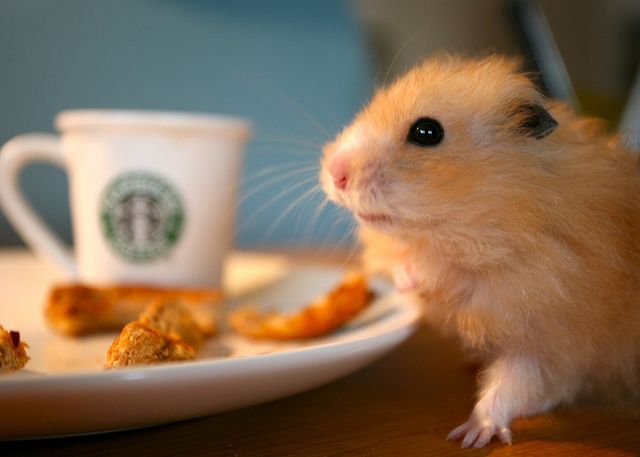
Yes, the hamster can eat baby food as long as you don’t overfeed your hamsters, they’ll be happy and healthy. Hamsters require protein and fat in their meals; baby puffs can substitute for these elements if fed often.
Baby puffs come in a slew of different brands, each with its own unique set of ingredients. If you want to feed your hamsters high-quality food, stay away from store-brand or unidentified baby puffs.
When Can Baby Hamsters Eat Solid Food?Hamsters are fit to start eating solid food when they are at least 3 weeks old or more. When they are less than 3 weeks, it is not advisable to start giving them solid food as doing that may be dangerous for them.
You should be careful to ensure that your hamster is fit to start eating solid food before you decide to start giving them solid food.
Can Dwarf Hamsters Eat Baby Food?Baby puffs are a great treat for hamsters since they’re small enough to fit in their mouths, and they’re also delicious. In fact, many hamster owners believe that feeding their pets baby meals as treats is the healthiest alternative.
In fact, many hamster owners believe that feeding their pets baby meals as treats is the healthiest alternative.
Yes, baby food is safe for hamsters provided you feed them the right and quality baby food, your pets are good to go. Your hamster will not face any misfortune because they ate baby food.
When Feeding Hamsters, How Much Food Can They Consume?Make sure your hamster isn’t overfed, no matter what kind of food it is. How much food your hamster can eat depends on the breed you have. In terms of infant food consumption, Syrians can consume the most, whereas Robos can eat less, and dwarfs should only consume a small amount of it. Because of the robustness of their digestive systems, this is the case.
How Much Infant Formula Can Syrian Hamsters Consume?Syrians are able to consume the most infant food because of their digestive system’s sturdiness. It is recommended that you give your pet a small amount of baby food as a treat once or twice a week, in addition to their regular snacks.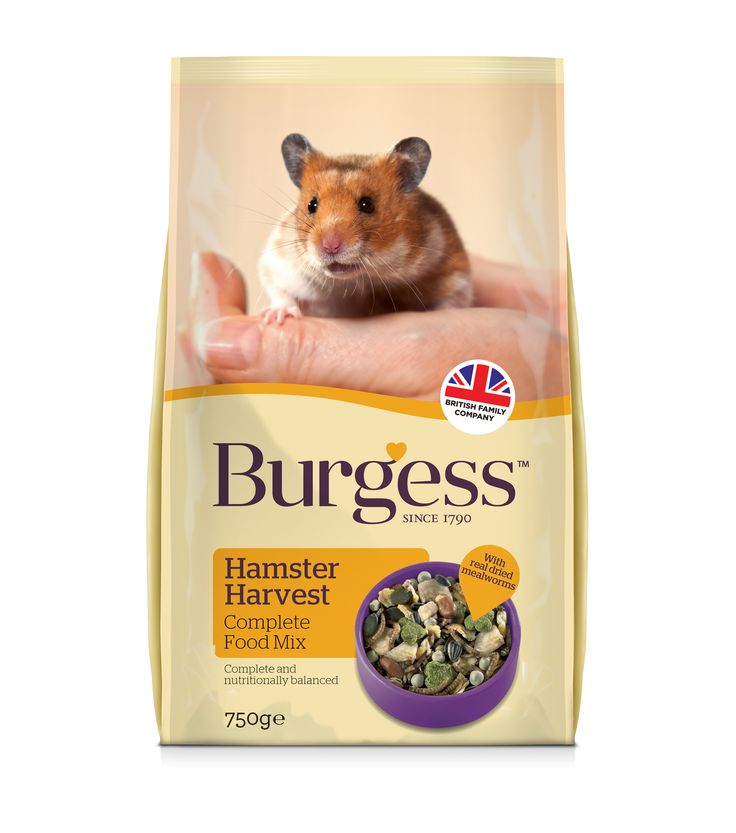 Make sure that the baby food does not contain any meat or other things that your hamster should not eat.
Make sure that the baby food does not contain any meat or other things that your hamster should not eat.
You should give your Robo hamster only a modest bit of baby food because they are significantly smaller than Syrians. As a treat, give them about a half-teaspoon of this powder once every two weeks. This should be given in addition to the other snacks you offer them. Your hamster needs a variety of foods, not just baby food for a special occasion.
Do dwarf hamsters have a calorie intake limit?We can’t feed our human friends much because they’re so much smaller than the usual hamster counterpart that they can’t consume nearly as much as they can! Every other week, give them a small amount of baby food.
Guide To Feeding Hamsters Baby FoodAlways keep your hamster close to you when feeding it treats, such as baby food, to prevent it from scurrying away from you. For this reason, you should treat your hamster with a treat or two on a regular basis.
To see if your hamster likes it, start with a small quantity and see how they respond. Give it to them, but if they don’t eat anything, there’s no use! However, your hamster may end up putting the food inside their cheek pouches.
Before feeding your pet baby food, be sure it doesn’t contain a lot of sugar or preservatives.
Incorporate baby food as part of your pet’s diet, which should also include pumpkin seeds, cabbage, and carrots! Pets benefit greatly from such foods if they are given in the proper quantities.
ConclusionFeeding hamsters baby food requires careful formulation, observation, and buying quality food so as to avoid any effect that may spring up in course of feeding this little creature.
In this guide, we have established that your hamsters can feed on baby food, we have also done justice to how you can go about it and all you need to know.
If you find the blog article valuable please share it with your friends.
How to feed a hamster - Reserve
Peculiarities of feeding a hamster: what can and cannot be given to a pet
Hamsters, like any other pets, need the most varied diet.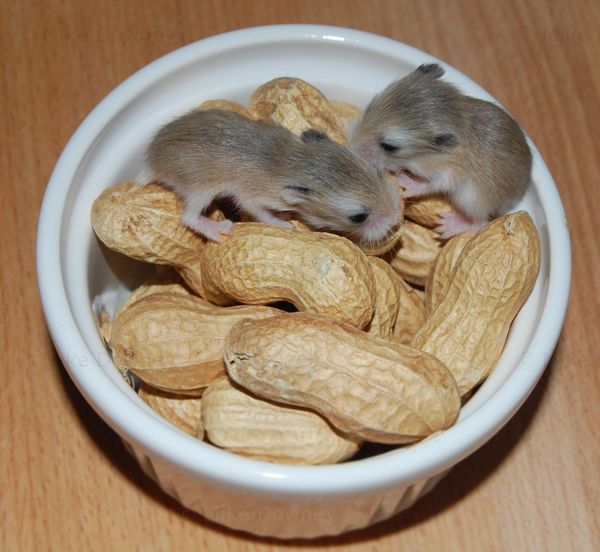 However, this does not mean that a small rodent can be fed to everyone. The health and longevity of the animal depends on how properly selected and healthy the food of the animal will be. In order for the pet’s table to be complete, you need to know which foods are allowed to be included in its diet, and which are prohibited. nine0005
However, this does not mean that a small rodent can be fed to everyone. The health and longevity of the animal depends on how properly selected and healthy the food of the animal will be. In order for the pet’s table to be complete, you need to know which foods are allowed to be included in its diet, and which are prohibited. nine0005
Basic and additional components of the hamster diet
The basis of the diet of indoor hamsters is dry grain food and succulent food. The main component is grain: wheat, oats, corn and other cereals, which are presented in the optimal ratio in "store" mixes for hamsters. Ready-made feeds consisting of grains, granules, flakes, as a rule, are very nutritious and balanced in terms of the amount of vitamins and other important substances. Give them to the animals daily.
A hamster's diet must contain juicy food: vegetables, fruits, berries, herbs. From vegetable crops, this rodent can be given carrots, beets, pumpkins, turnips, including boiled ones, zucchini, cucumbers, tomatoes, bell peppers, radishes. From fruits - apples, pears, apricots and peaches, and from berries - grapes, currants, strawberries, raspberries, blueberries, cherry pulp. Fresh vegetation is very useful for hamsters: lettuce, dandelion leaves, plantain and clover, dill, parsley, beet leaves. In winter, greens for hamsters will replace hay, oat or wheat sprouts. nine0005
From fruits - apples, pears, apricots and peaches, and from berries - grapes, currants, strawberries, raspberries, blueberries, cherry pulp. Fresh vegetation is very useful for hamsters: lettuce, dandelion leaves, plantain and clover, dill, parsley, beet leaves. In winter, greens for hamsters will replace hay, oat or wheat sprouts. nine0005
Occasionally offer your pet nuts (any but Brazil nuts and almonds), seeds (sunflower, pumpkin, melon, watermelon), legumes (dried beans and peas). Nuts and seeds are usually included in ready-made feed mixtures, so these treats should be served to the hamster in small quantities.
Hamsters eat dried fruits with great pleasure, they can be treated with various dried fruits, except for prunes: raisins, dried apricots, apples, pears, banana chips. nine0005
As a protein supplement, approximately two to three times a week, give your pet foods from the following list, alternating between them: low-fat kefir, cottage cheese or yogurt without sugar and flavorings, boiled chicken meat without salt and spices, boiled chicken or quail egg flour or earthworms purchased at a pet store, dried gammarus and dried insects.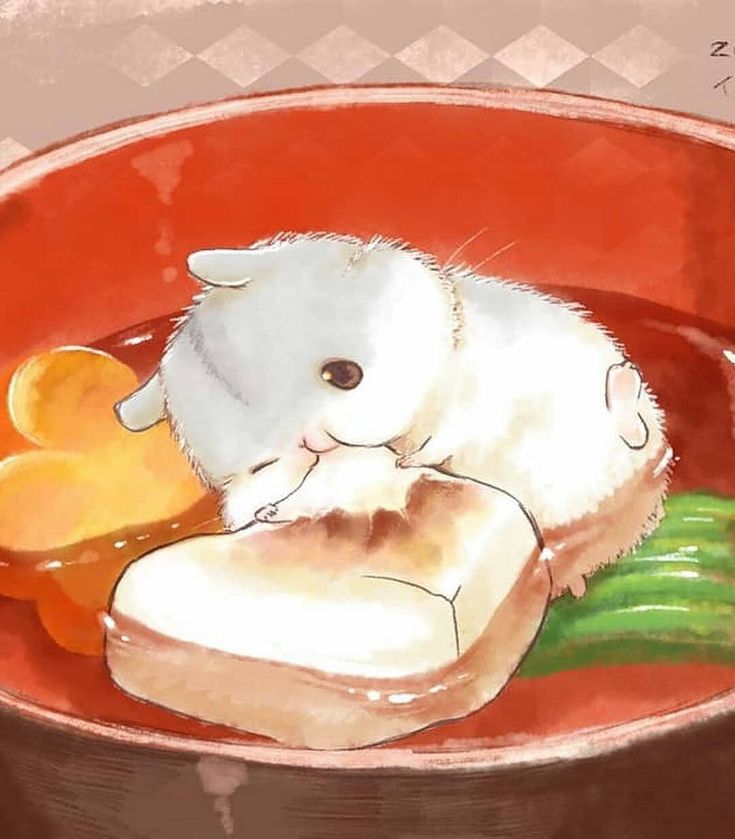
In the diet of sick, debilitated and elderly animals, as well as young animals, cereals on the water, baby food: dairy-free cereals, vegetable and meat purees without salt, sugar, gluten and starch should be introduced. In addition, aged hamsters are given ground grains and nuts, mashed vegetables. nine0005
In a rodent’s cage for grinding teeth, there must be a mineral stone or branches of deciduous and fruit trees that grow best outside the city: birch, poplar, hazel, beech, maple, apple, pear, cherry and others. The branches, before giving the animal, should be boiled for an hour and a half and dried. You can also find ready-made twig sets at pet stores.
Do not abuse special treats for hamsters in the form of cereal sticks and bars, crackers, biscuits, drops. Occasionally, a pet can be pampered with simple drying or home-cooked popcorn without salt, sugar and other additives. nine0005
What not to feed a hamster Food from our table is absolutely not suitable for hamsters! The body of these animals does not tolerate sweet, salty, fatty, fried foods, as well as canned and smoked foods, spices.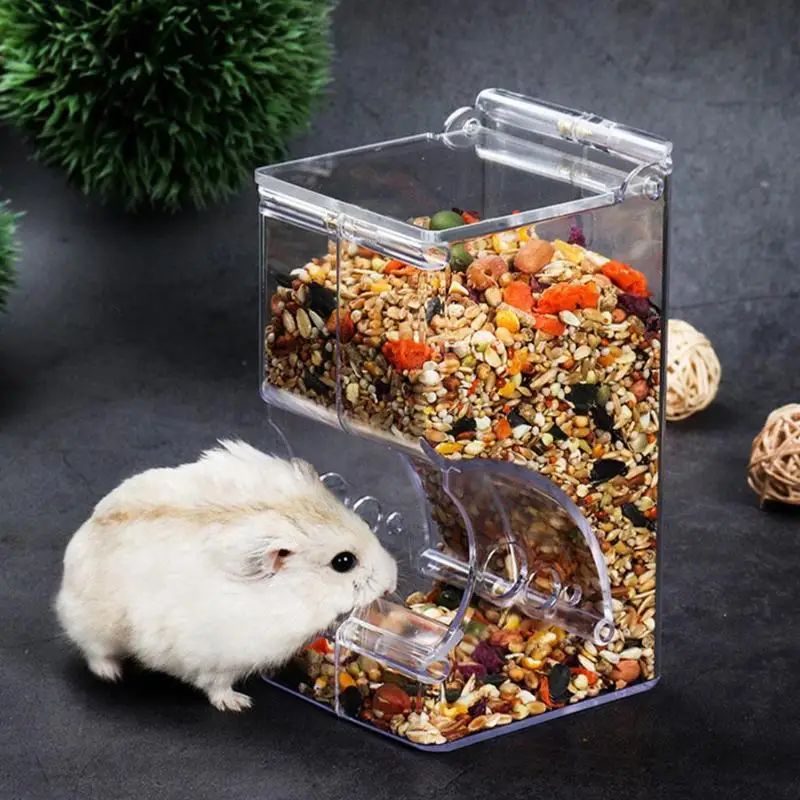 Do not offer your hamster expired grain mixtures, as well as food created for other rodents and ornamental birds!
Do not offer your hamster expired grain mixtures, as well as food created for other rodents and ornamental birds!
The list of prohibited products includes potatoes, including peel and eyes, cabbage, onion, garlic, sorrel, mint, milk and fatty dairy products (sour cream, cream, yogurt), butter, pasta, including dry, and also dry breakfasts and muesli. Cheese and bread cause great harm to hamster health: they cause severe constipation, which can lead to the death of the animal. Watermelon, citrus fruits, exotic fruits (kiwi, persimmon, pineapple, pomegranate, avocado and others), mushrooms, acorns, red beans, branches of coniferous trees, apricot pits, peaches, plums, cherries are contraindicated for hamsters. You can not pamper your pet with honey, goats and other sweets, fruit juices, sausages and sausages. nine0005
There is nothing critical if you once gave your hamster any of the above. A single use of junk food is unlikely to cause irreparable damage to the animal's body, the main thing is not to give the forbidden product again.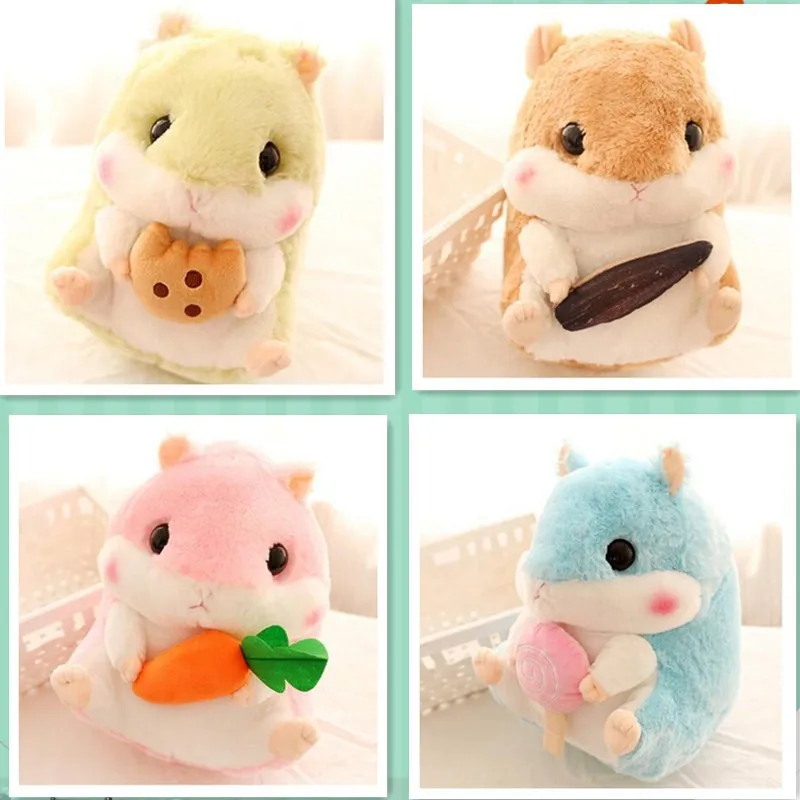
Feeding tips for hamsters
A hamster's diet depends on its age, lifestyle, habits, nutritional needs, and season.
When choosing ready-made food, pay attention to the ratio of its components, the amount of proteins and carbohydrates. It is better to refuse mixtures with a large volume of seeds or nuts: the animal will choose them, leaving more valuable ingredients intact. If your pet is overweight, reduce the amount of purchased food and increase the amount of fresh food. nine0005
Do not overfeed the animal! Remember that due to its natural habit of stocking food, the hamster will always hide some of the food he receives in his house. Taking into account another feature of this animal - to lead an active lifestyle at night - it is recommended to feed the hamster twice a day, giving him most of the daily diet in the evening. At the same time, it is better to offer juicy food in the morning, grains in the evening.
So the likelihood that the hamster will store perishable food will be less.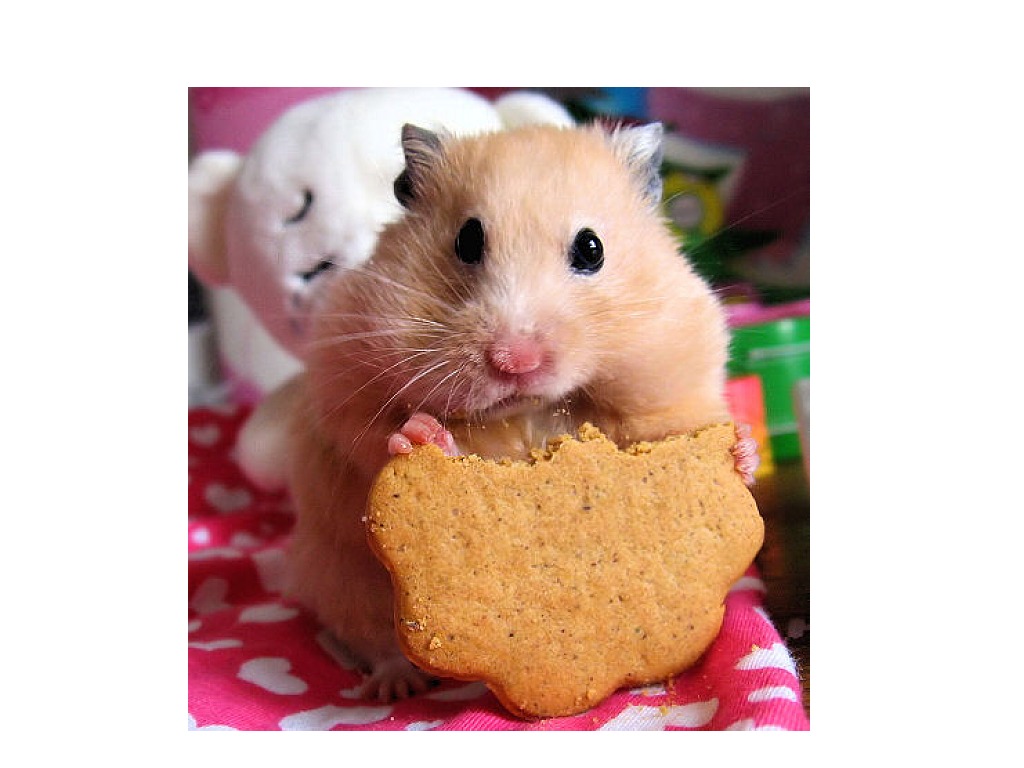 The wet food remaining in the bowl is removed immediately after eating. nine0005
The wet food remaining in the bowl is removed immediately after eating. nine0005
Containers for food and drink should be washed daily. It is believed that hamsters make up for the lack of fluid in the body by eating juicy food, however, there should always be clean water in the animal's drinking bowl and it must be changed every day.
Dzungarian hamster: maintenance and care
Content:
- Description
- Features of keeping the Djungarian hamster
- What food to give to a rodent nine0057 How to communicate with a Djungarian hamster
- What are the diseases of Djungarian hamsters
- Breeding Djungarian hamsters
- Pins
The Dzungarian hamster is a cute and adorable rodent that is suitable even for children as a first pet. When it comes to care or maintenance, it is much easier to manage than a dog or cat.
In the article we will talk about the features of this pet and how to handle it, as well as give recommendations for its care. nine0005
nine0005
Description
These are rodents with a grayish coat and a dark stripe on the back. It distinguishes them from other hamsters. In length, they reach up to 10 cm. The color can be variegated, with white spots. In the wild, it helps them hide from predators and camouflage themselves.
In winter, hamsters molt, and their fur becomes snow-white. Only a gray stripe on the back remains.
A tangible plus of this pet for many pet parents is that this hamster practically does not smell of anything. After all, he is distinguished by exceptional cleanliness. nine0005
Like many other rodents, the Djungarian hamster is especially active at night, and sleeps peacefully during the day and the rest of the time. By the way, does it on the lap of the pet-parent.
Babies are interesting to watch, as they love to stock up on food by putting it in their cheeks. However, one should not think that an exceptionally good-natured rodent is hiding behind a pretty appearance.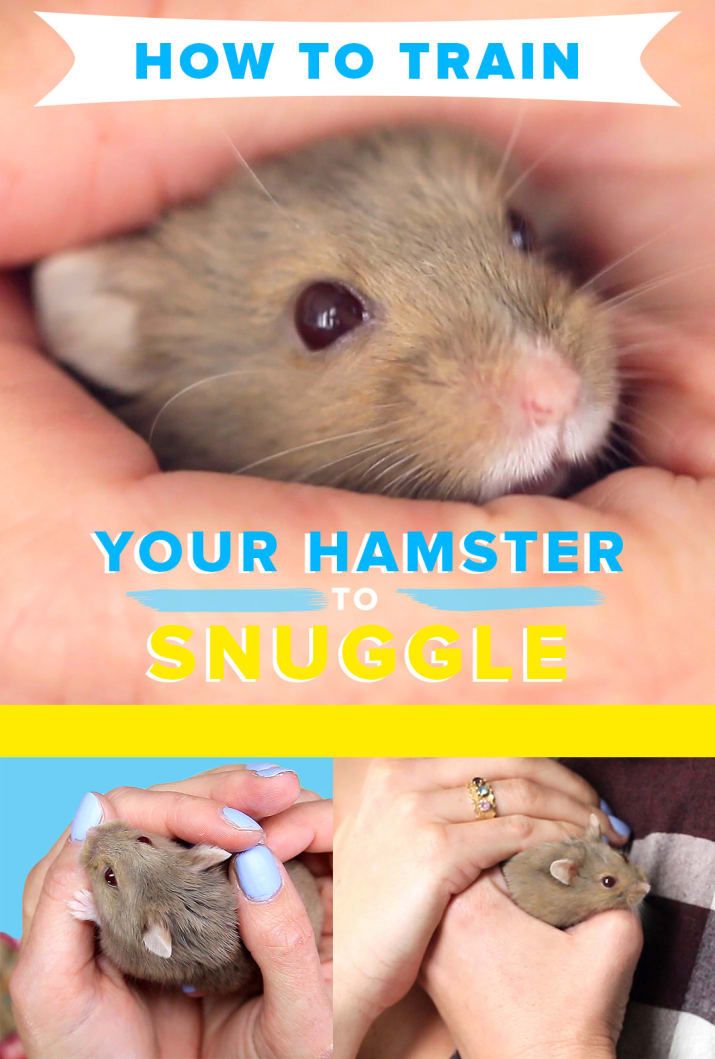 He is quite capable of biting. Its bite is not dangerous, but can be extremely painful. Therefore, keep this in mind, especially if you have a pet for children. nine0005
He is quite capable of biting. Its bite is not dangerous, but can be extremely painful. Therefore, keep this in mind, especially if you have a pet for children. nine0005
Features of keeping the Djungarian hamster
One of the most important conditions for keeping a dzungarian is the presence of a spacious and well-equipped cage .
Cage
It should be spacious enough for the hamster, preferably with a zinc frame, as the pet will easily gnaw through other rods.
Equip cage as follows: nine0005
1. On the floor of cage put enough filler . For example, pressed sawdust. In no case do not put newspapers, napkins or cotton wool, as hamsters can eat them and get poisoned by them.
2. Place tray with filler where the pet can go to urinate.
3. He will also need a cozy house for relaxing and sleeping with a wide opening for easy access.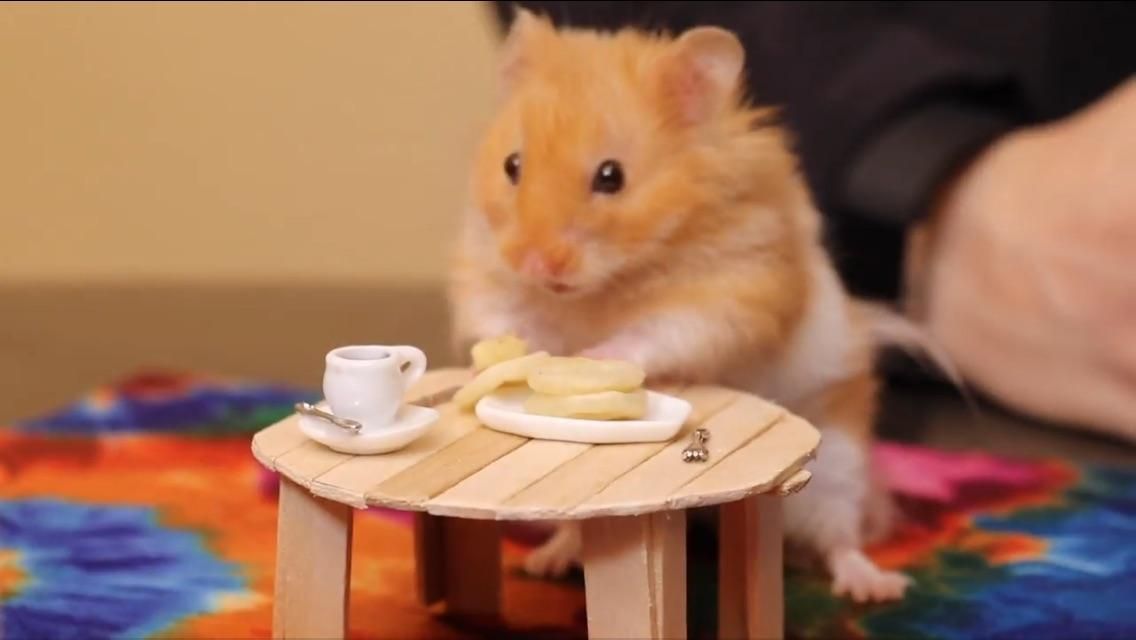
4. Don't forget the drinker with a capacity of at least 50 ml. If you work a lot and do not have time to change the water on time, then purchase automatic drinker . After all, a hamster constantly needs fresh clean water.
5. You also need feeder with a width of 3 to 10 cm. Remove leftover food from there in time. nine0005
6. Install wheel , tubes, branches, etc. inside to keep your hamster in good physical condition.
7. You will also need bathing suit , but not with water, but with sand, as hamsters clean themselves with it. Bathing them in water or just slightly wet is not recommended.
Keep cage away from drafts and radiators. It is better that diffused light falls on it. nine0005
Tray with media
Better install corner toilet . It does not take up much space, and it will be convenient for the hamster to climb into it.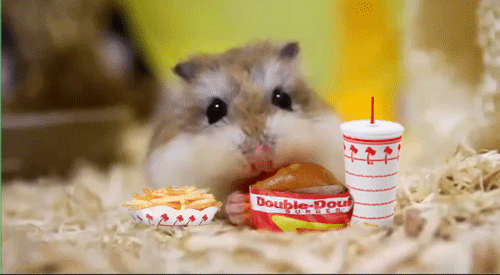 Be sure to put inside filler - wood or corn. It perfectly absorbs liquid and does not retain odor. It is consumed sparingly, so one pack will last you a long time.
Be sure to put inside filler - wood or corn. It perfectly absorbs liquid and does not retain odor. It is consumed sparingly, so one pack will last you a long time.
Drinker and feeder
Among drinkers and feeders there is a huge selection of models. For example, there are drinkers in the form of tubes that are conveniently attached to the bars of the cages. Petmax has convenient feeders that are odorless and take up little space.
Cottages , hammocks and carriers
Install inside the cage house or hammock , as rodents like to hide and rest from their daily business.
For trips to the veterinarian or moving to the country house, purchase carrier . It is equipped with holes, and the bright design pleases the eye.
Toys
Be sure to set in cell swings , ladders or dice . It will be more interesting for a hamster to spend time, and for you to watch his funny games.
How many times to clean the cage
Filler in tray change when it gets dirty. About once a week, clean cage and remove leftover food from Discard feeders regularly so that the pet does not get poisoned. Water in drinker should also be changed every day, as jungars need clean water.
Once a month do a general cleaning in cage : wash the bottom with water and laundry soap. It is better not to use chemicals for cleaning, so that their smell does not scare away the animal.
Bathing Djungarian hamsters
Give your pets sand baths from time to time. They are needed so that their coat remains smooth and silky and as a prevention of the formation of tangles. Pour some sand into the bath and run the hamster into it. He will clean his fur in the sand. nine0005
Pour some sand into the bath and run the hamster into it. He will clean his fur in the sand. nine0005
What
feed to give the rodentIf with the care of hamsters everything is more or less simple, then with nutrition everything is more complicated. It is best to feed them 2 times a day - in the morning and in the evening, at the same time. In the case of a pregnant female, the number of meals should be increased up to 4 times a day, at regular intervals.
Choose for Djungarian hamsters ready-made food for rodents because they are balanced with all the minerals and vitamins they need and are absolutely safe for them. Do not buy food for large rodents, as they are too coarse for jungars.
You can also spoil them with fresh fruits or vegetables, cereals, pitted berries, etc. It doesn't hurt to give treats to the hamster.
Feed them 2 times a week with boiled eggs, chicken fillet or pieces of fish. Low-fat yogurt is allowed. nine0005
Low-fat yogurt is allowed. nine0005
Pregnant, sick or frail pets are recommended to give simple baby food, without salt or sugar. If they suffer from indigestion, then feed them heavily boiled rice. For constipation, a great option is to give a drop of vegetable oil.
Important! Do not treat your pet yourself! If you have symptoms of any disease, contact your veterinarian immediately.
How to communicate with a Djungarian hamster
Despite their charming looks, these pets have a personality to be reckoned with.
It is better to settle Dzhungariks one by one and add a neighbor or a neighbor only if you decide to get offspring. They defend their territory quite zealously and will fight to the point of bloodshed. It’s also better not to put Syrian and Dzungarian hamsters in the same cage: they definitely won’t make friends.
The pregnant female should be moved to a separate cage , where she would calmly prepare for childbirth.
If other pets (dog or cat) live in your house, do not let the hamsters leave the cage and walk all over the apartment or house. It is not dangerous for them to be inside their home, since a cat or a dog will not get them out of there. Hamsters can even deliberately dig loudly into litter and stockpile food to tease predators.
Release hamsters to play and frolic only when the other pet is far away from them and will not harm them.
When dealing with a dzhungarik, do not forget about their fragile physique. Teach the children to play with him in a way that does not harm him. Make sure that the rodent does not fall from a height and does not get stuck between objects.
To tame a Djungarian hamster faster, follow these simple rules: nine0005
1. In the first week, let him adapt to the new place: put cage in a quiet place and do not disturb him.
2.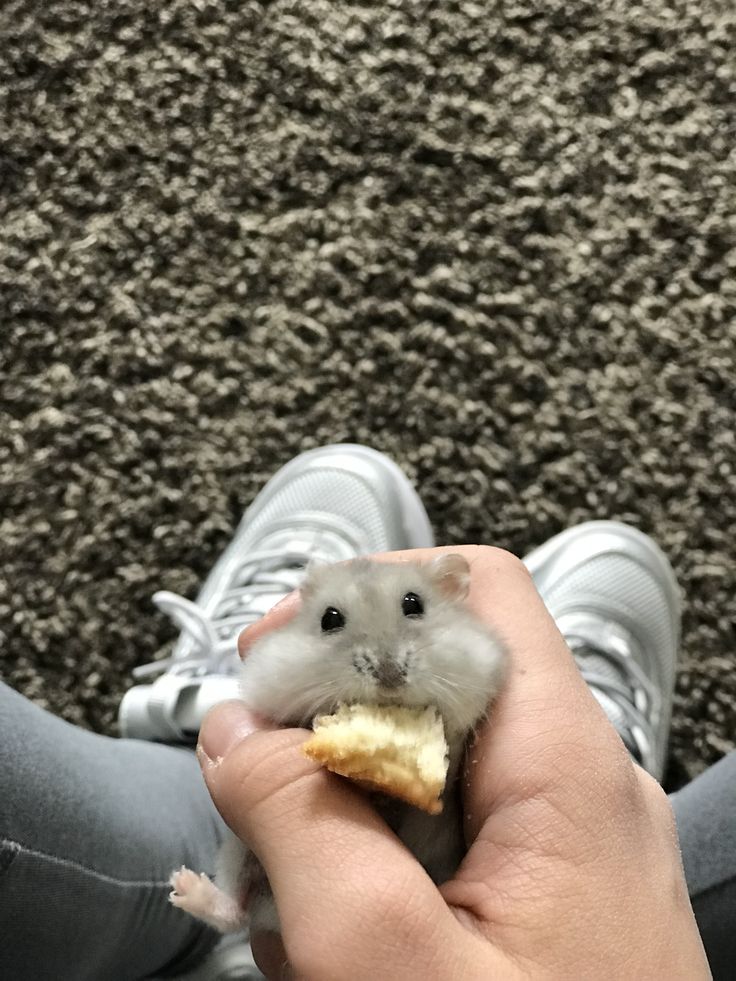 Do not remove his food supplies unless they have gone bad.
Do not remove his food supplies unless they have gone bad.
3. At first, just watch his games in cage and talk to him so that he gets used to your voice and presence.
4. Lure him out with treats : so he will get used to sitting in your arms and stop being afraid of you.
These are ideal pets for children. Even toddlers enjoy playing with them. The main thing is to teach them how to handle them correctly, how to clean the cage , etc.
What causes Djungarian hamsters to get sick
These gentle creatures are prone to a variety of ailments, which it is better to know about in advance in order to take the necessary measures in time. nine0005
While playing, hamsters can injure themselves and earn a fracture or dislocation of a limb. Somehow fixing it in one position will not work, so just provide the hamster with a quiet pastime and give him plenty of food or vitamin and mineral supplements with calcium.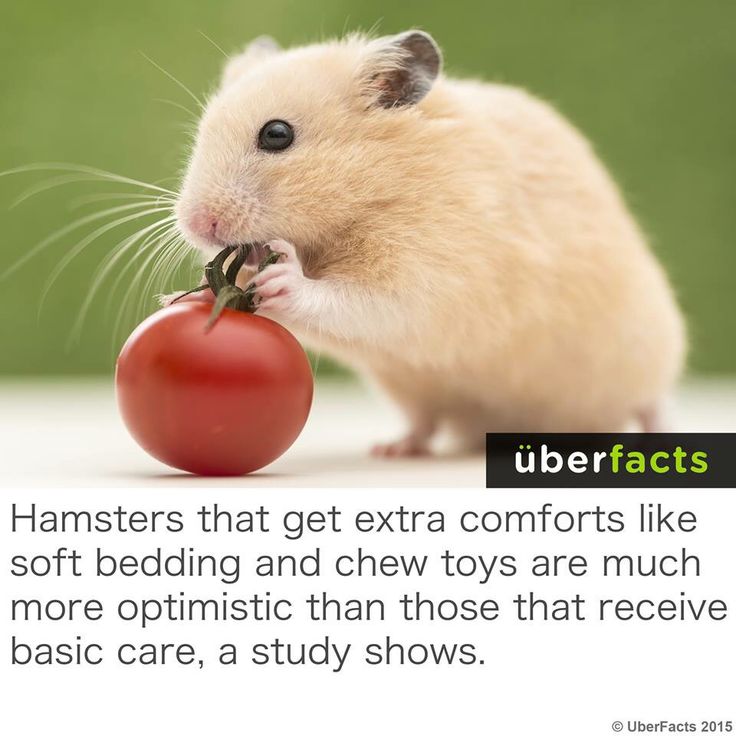 Remove from cages the wheel and other toys . Under these conditions, the limb will grow together within a week or two.
Remove from cages the wheel and other toys . Under these conditions, the limb will grow together within a week or two.
When hypothermic, hamsters easily catch colds or get the flu. First symptoms: coughing, sneezing, sluggish behavior. If there are no other signs of illness, rearrange cage to a warm place and give your hamster plenty of warm milk. You can also increase the portions of vegetables and fruits to strengthen the immunity of the animal.
If the hamster begins to lose weight dramatically, stops eating, and purulent discharge begins to flow from his eyes, urgently contact the veterinary clinic for a doctor's advice.
Infections can provoke the development of conjunctivitis. In this case, the eyes are wiped with salted water. If the lens of the eye becomes cloudy, and the pupil becomes gray, then these are already signs of a cataract. This disease is not treated and it occurs already in older pets. nine0005
nine0005
With constant stressful situations, jungars develop eczema or dermatophytosis. Their symptoms: baldness or damage to the skin. In these cases, do not treat at home, but immediately go to the veterinary clinic.
There are frequent problems of jungars with teeth. Therefore, if they suddenly begin to refuse food, then it is better to check, first of all, their teeth for integrity. Sometimes their teeth grow too long and interfere with them. Contact the veterinarian: they will carry out the procedure for cutting teeth. nine0005
Djungarian hamster breeding
The breeding season in captivity in dzungaria extends throughout the year. They should be mated when they reach the age of 4-6 weeks. The gestation period for the female is about 18-22 days. She should be provided with quiet living conditions in a separate cell . Indeed, under stress, she is quite capable of seriously harming her own offspring. She will be ready for a new fertilization a day after giving birth.



